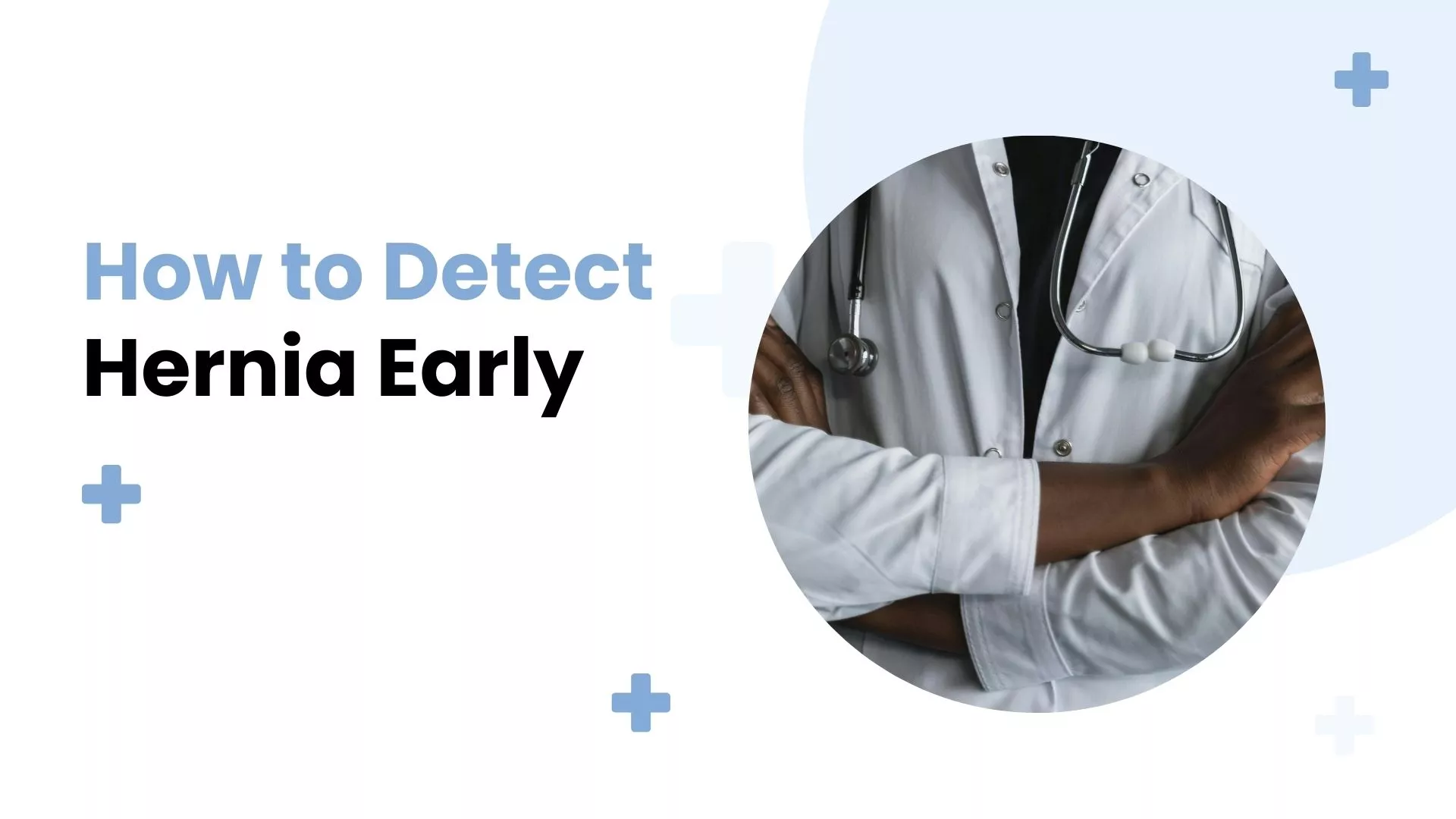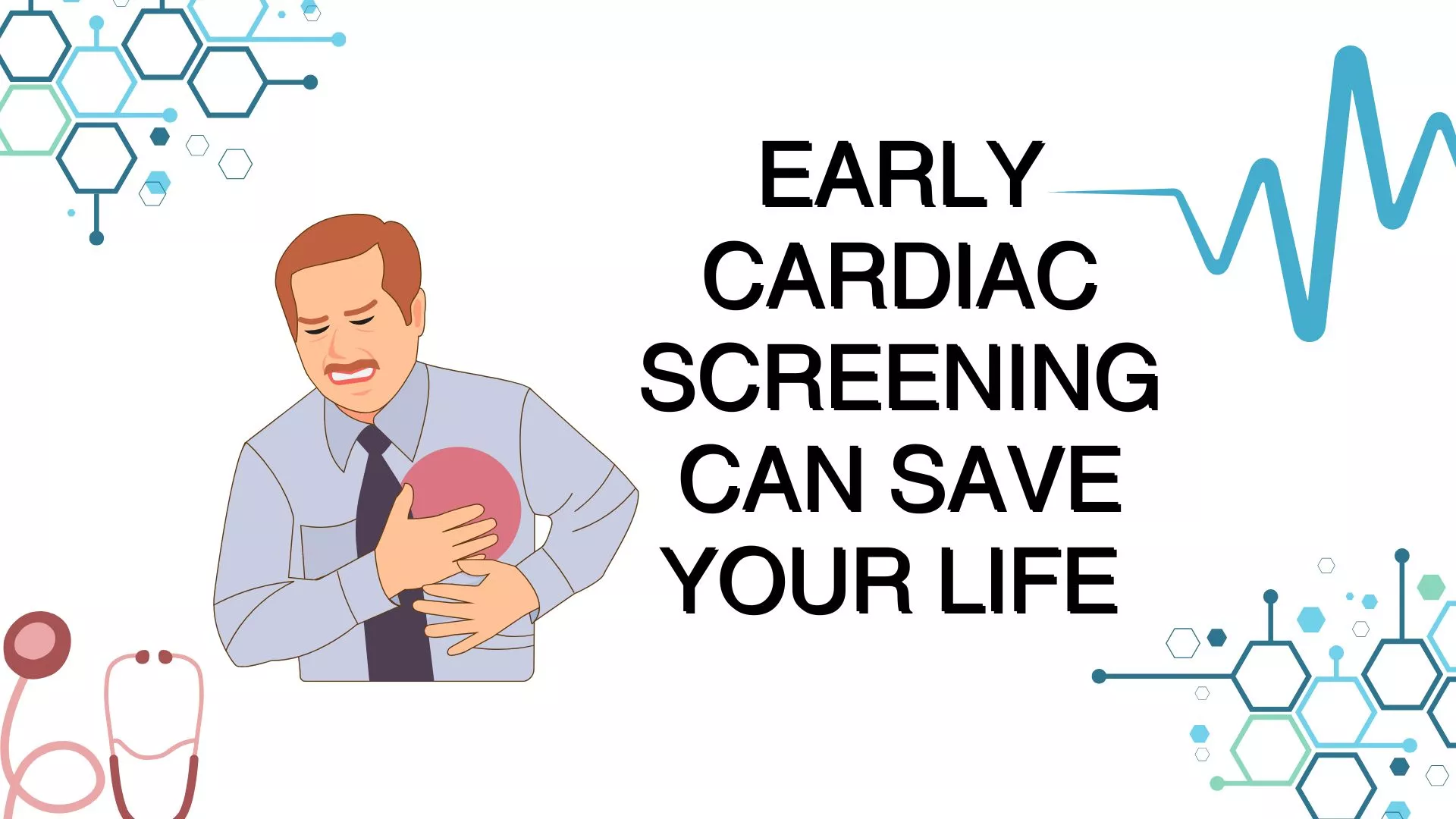A hernia forms when an internal organ or tissue pushes through a weak part of the muscle or nearby structure. Most often, this shows up as a bulge in the abdomen or groin. You might see it appear when you stand up, cough, or lift something heavy.
When lying down, it usually becomes less visible. Hernias are not all the same. Understanding the different types helps guide medical decisions and determine if a hernia surgery is required. Some may stay mild for years. Others, if ignored, could grow or become dangerous.
Join us as we identify the most common types of hernia and debunk critical factors that help in their detection.
Common Types of Hernia
- Inguinal Hernia - This is the most frequent type [especially among men]. It appears in the groin and often shows up as a visible bulge. You might feel pain when lifting objects, coughing, or even while walking. The swelling can come and go at first, but with time, it may become constant.
- Umbilical Hernia - Seen near the belly button, this form is seen in children and adults. In adults, it often results from abdominal pressure during pregnancy, obesity, lifting weights or fluid buildup. It tends to present as a soft lump that increases with movement, coughing, or straining.
- Hiatal Hernia - Unlike others, this one develops inside the body and doesn’t show an outward lump. It occurs when a section of the stomach pushes up into the chest cavity. Symptoms of this type include heartburn, acid reflux, and chest pain after meals. In some cases, people may find it difficult to swallow or feel bloated after eating.
- Incisional Hernia - This appears at the site of a previous surgical cut. When the abdominal wall does not heal completely, internal tissue may push through the weak spot. You might notice a swelling that gets larger when you stand, strain, or engage in physical activity.
Each of these types of hernia has its own risks and symptoms. Being aware of them makes it easier to detect warning signs and take timely action.
Recognising Hernia Symptoms:
Most people first notice some sort of a bulge [small at first, near the belly button, groin, or along a scar from old surgery]. Sometimes it feels tender. Often, it’s not painful, but it doesn’t feel normal either. You press on it, it sinks in. But it comes back when you cough, laugh, or lift a bag of groceries.
It’s not just the bulge though. Many feel an odd tightness in the area, like your body is asking you to take it easy. A few hours on your feet and you might feel a dull ache setting in. Others describe a strange pulling sensation, like pressure from the inside pushing out.
In some hernias, like hiatal ones, nothing shows up on the outside. You just feel off! There’s reflux, discomfort after eating, and at night, a sour taste in the mouth. You wake up not rested. You think it's just gas or something you ate. But it keeps happening. That’s when many realise it’s more than just indigestion. It's the kind of thing Surgeons would spot quickly if seen in time.
How Hernia's Are Diagnosed
Detecting a hernia typically starts with a physical examination. A surgeon checks for a bulge while you stand and may ask you to cough to observe changes in pressure. Further evaluation involves imaging tests.
An ultrasound can detect the presence of tissue pushing through muscle layers, especially in inguinal or femoral hernias. For a hiatal hernia, a barium X-ray or endoscopy may be required to view the stomach and oesophagus. In some instances, CT or MRI scans are used to assess the size and complexity of the hernia, particularly if multiple hernias are suspected or if the diagnosis is unclear.
Conclusion
A hernia is not always painful, but that does not mean it is harmless. Ignoring the early hernia symptoms can delay recovery and increase the chance of needing emergency care. Knowing how to spot signs early and learning about the types of hernia allows you to act before it becomes serious.
For most people, hernia surgery offers a safe and effective fix. Surgery can be through open approach or minimal invasive (Laparoscopy & Robotic) approach.
Laparoscopy and the newer Robotic approach offers benefit of smaller cuts, less pain, faster recovery and early return to normal life.
If you think you have a hernia, or if you notice a bulge that feels unusual, consult a trusted general or gastrointestinal surgeon in India. A professional diagnosis will help you decide what steps to take next and reduce the risk of long-term issues.






